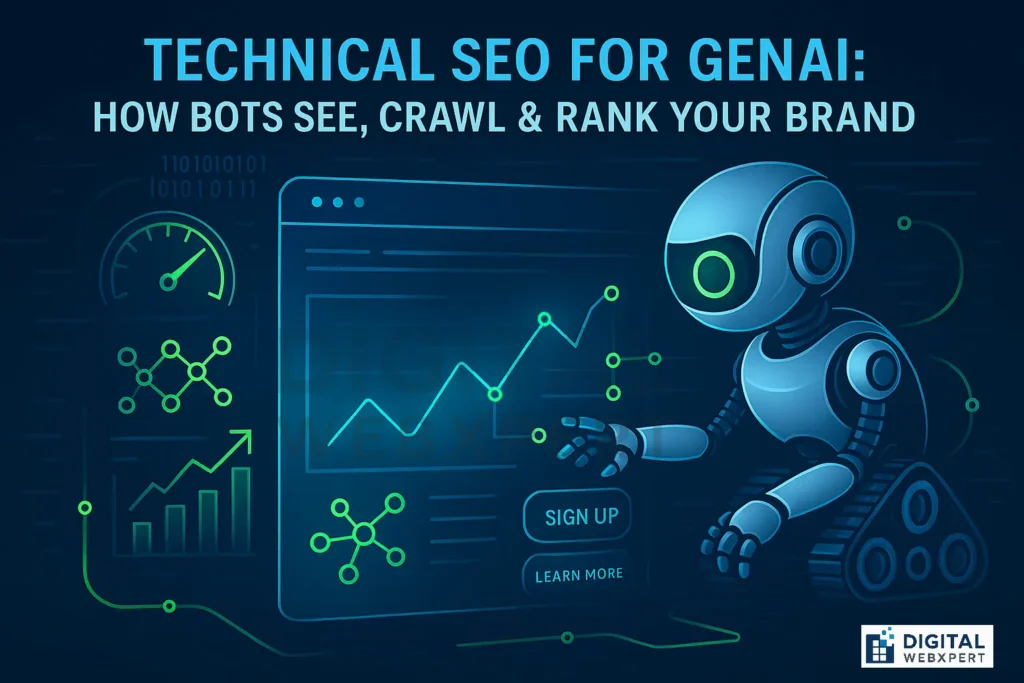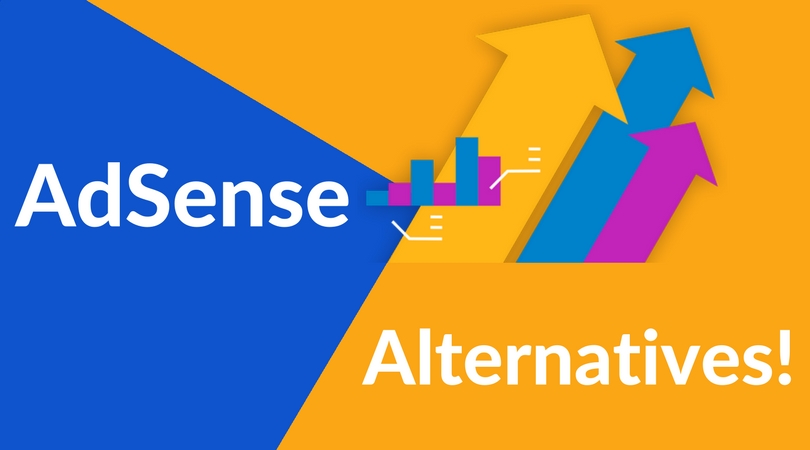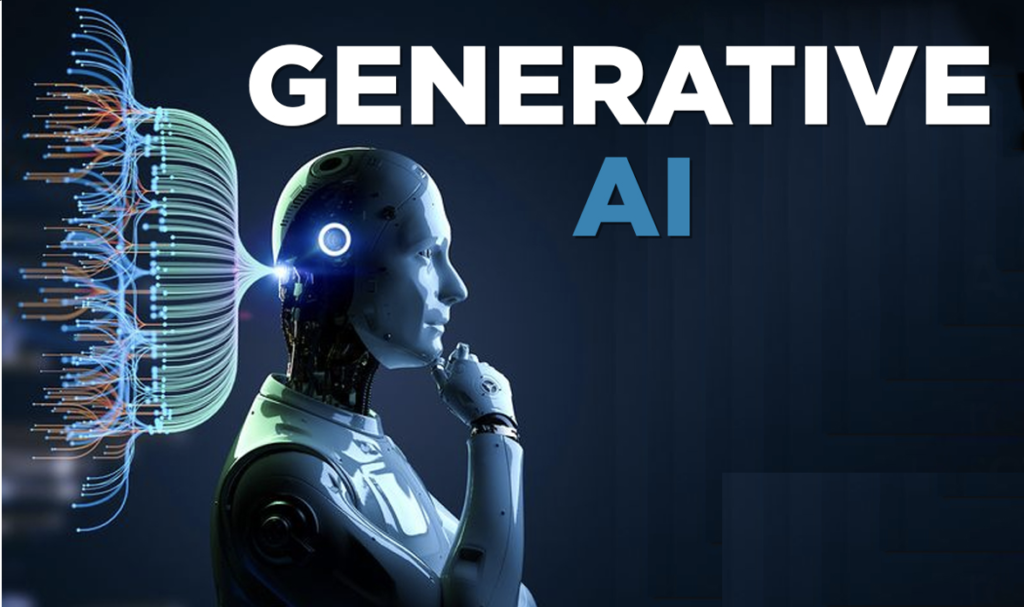Introduction
Technical SEO for GenAI is no longer optional—it’s essential. In 2025, AI-driven search engines like Google SGE (Search Generative Experience), Bing Copilot, and other GenAI platforms are changing how content is discovered, crawled, and ranked. Unlike traditional search engines that mainly matched keywords, GenAI bots interpret meaning, context, and brand authority before deciding what to surface in their AI-powered answers.
If your site isn’t optimized for GenAI crawlers, your brand risks invisibility—even if you have great content. This guide will walk you through how bots see, crawl, and rank websites in the GenAI era—and the exact technical SEO strategies you can implement today to future-proof your brand.
1. How GenAI Bots See Your Website
GenAI search engines don’t just “index” pages. They read, interpret, and contextualize your content:
Semantic understanding: AI looks at meaning, not just keyword repetition. Your content must be clear, structured, and context-rich.
Entity recognition: Bots connect your brand with people, products, places, and industries. If you aren’t seen as a trusted entity, you won’t rank in AI-generated answers.
Structured signals: Schema markup and metadata help GenAI understand relationships between content pieces.
💡 Tip: Use simple, well-structured HTML, avoid excessive JavaScript for critical content, and provide clear metadata to help AI “see” your brand accurately.
2. Crawlability in the GenAI Era
If GenAI bots can’t crawl your website smoothly, they won’t use your content in AI-driven responses. Crawlability matters more than ever.
Robots.txt: Allow essential directories and prevent blocking AI crawlers that need access.
XML Sitemaps: Keep them updated with your most important pages (products, blogs, services).
Internal linking: Ensure logical navigation—bots follow links like users do.
Canonical tags: Prevent duplicate content confusion.
💡 Action Step: Run crawl tests (e.g., Screaming Frog, Ahrefs) to check if AI bots can index your key pages without friction.
3. Ranking Signals Beyond Keywords
In GenAI search, keyword stuffing no longer works. Bots look at deeper ranking signals:
Core Web Vitals: Site speed, responsiveness, and stability are now ranking essentials.
Mobile-first design: AI bots prioritize mobile usability since most users search via mobile.
EEAT (Experience, Expertise, Authority, Trust): Bots rank websites that demonstrate expertise and brand trustworthiness.
Brand reputation: Mentions across the web help AI verify authority.
💡 Action Step: Focus on content quality + technical performance rather than keyword density alone.
4. Structured Data & Schema: Speaking AI’s Language
If content is the voice of your brand, structured data is the grammar AI bots use to understand it.
Product schema: Helps eCommerce pages appear in AI shopping recommendations.
FAQ schema: Increases chances of your content being pulled into AI Q&A boxes.
Organization schema: Tells bots who you are, improving entity recognition.
Review & rating schema: Boosts credibility for eCommerce and service providers.
💡 Action Step: Implement JSON-LD schema markup across your site. Validate with Google’s Rich Results Test to ensure accuracy.
5. Technical Hygiene Checklist for GenAI SEO
Your site’s foundation must be solid. Here’s a checklist:
✅ Optimize crawl budget—prioritize important pages
✅ Minify CSS & JS to improve loading time
✅ HTTPS + secure hosting for trust
✅ Validate structured data regularly
✅ Use responsive mobile-first design
✅ Analyze server logs to monitor bot activity
💡 Action Step: Treat technical SEO like ongoing maintenance—not a one-time fix.
6. eCommerce & Local SEO in the GenAI Era
For eCommerce sellers and local businesses, technical SEO for GenAI can make or break visibility.
eCommerce Optimization
Use product schema for details like price, availability, and variations.
Add reviews schema to showcase trust signals.
Optimize checkout speed—AI bots detect slow cart processes as negative signals.
Implement upsell and cross-sell pages with clear linking to maximize visibility.
Local SEO Optimization
Keep NAP consistency (Name, Address, Phone) across directories.
Add LocalBusiness schema with operating hours, services, and reviews.
Optimize Google Business Profile—AI bots pull this data directly.
💡 Action Step: Treat every product and service page as a standalone entity that needs structured data and optimized metadata.
7. Future-Proofing SEO with GenAI
AI-driven search will continue to evolve. The best strategy is to align with how AI retrieves and ranks data.
Predictive SEO tools: Use AI-powered SEO platforms to track how your content is being indexed.
Multi-modal SEO: Optimize not just for text but also for images, videos, and voice search.
Content clustering: Organize content into topical clusters for semantic strength.
Brand building: GenAI bots prefer trusted brands with authority over random content sources.
💡 Action Step: Think beyond “ranking” → focus on being the trusted brand AI recommends.
Conclusion
Technical SEO for GenAI is about making your brand crawlable, understandable, and trustworthy in the eyes of AI search bots. While traditional SEO focused on keywords, GenAI SEO focuses on entities, structured data, speed, and authority signals.
If you want your brand to stand out in AI-driven search results, start optimizing today:
Strengthen crawlability
Implement schema markup
Improve site speed and UX
Build entity authority across the web
👉 Ready to future-proof your SEO? At Digital WebXpert, we specialize in technical SEO for GenAI, helping brands like yours thrive in the AI-powered search landscape.



